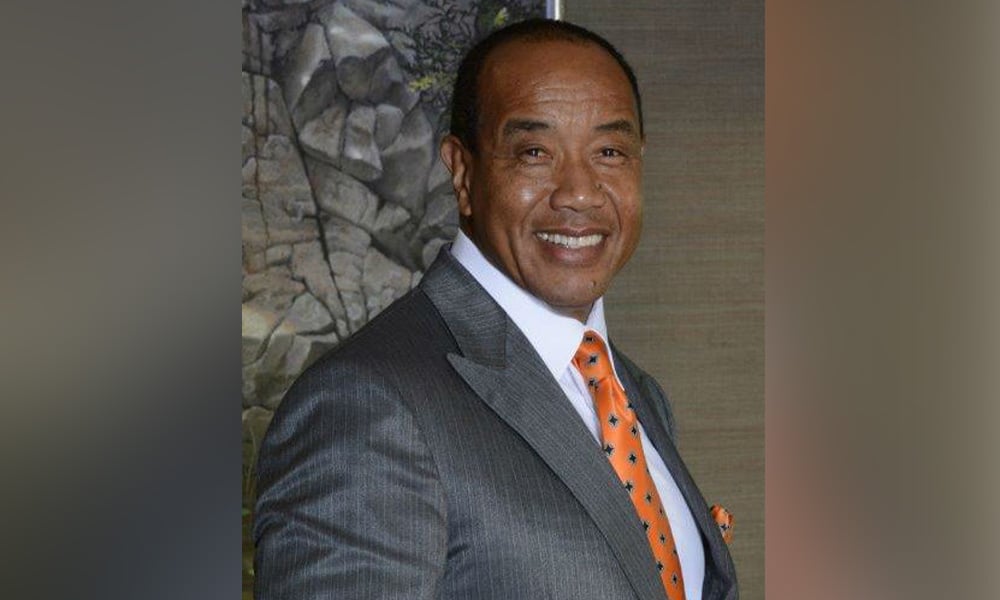Adding art to a client's portfolio can strengthen a family's legacy but BMO Private Wealth expert says there are risks

Art investing is a colourful, cross-generational topic that can help an advisor bring families together. However, failure to understand the motivation behind a collection, or the risks involved, can be costly.
For high-net-worth clients, owning a sought-after and valuable piece can serve many purposes, from donating to wealth accumulation to family legacy. Sara Johnson, director, wealth planning BMO Private Wealth, is an enthusiastic expert in the field and explained to WP the various motivations clients have for this “passion investment”.
More and more young, wealthy millennials view it as a green type of investment, she said, eager to keep up with their social network. It’s a trendy investment and more interesting to bring up at dinner parties than stocks and bonds.
Another category of art investors are the standard HNW collectors, complete with art advisor, curator and maybe a specialized appraiser. Then there are the clients who have inherited their “Great Auntie’s collection” and don’t know what to do with it, with the final group of people typically being the artist themselves who, having got to grips with the fact their art will outlive them, are now seeking advice.
Johnson said: “[Artists] are often looking at estate planning or gifting opportunities because they're constantly asking whether they can donate for causes, so they come in and ask how they should go about it. That’s a really important exercise to do because the rules that apply to their donation are different to [giving it to] a private individual.”
While a relatively new area, Johnson said art investing is prevalent and, importantly, specific to each individual, who can view it as a pure monetary investment or more of a vanity purchase.
The risks, for example, need to be properly explored. The obvious ones are its illiquidity and susceptibility to trends; what may be hot in 2019 may be out of style in 2029 and worth a lot less, for example.
Then, added Johnson, there are costs that are not so obvious. A collector may require a climate control room and there may be significant installation fees. Then there is insurance – a must – while art appraisal is expensive but vital. “Your piece is only as expensive as you can prove it’s worth,” Johnson said.
An investor must also take into account the team of specialists they surround themselves with. Different generations may think differently and tastes change. Johnson warned that one of the most difficult things she has seen people do is fire their art advisor because, while part of the family, they have become complacent and out of touch.
She added: “There is an emotional investment from multiple people, not just with the person that ends up owning the collection. It is the people you're setting up around it which make up a lot of that sweat equity.
“That adds to the risk. But if you are an optimist, it adds to the potential return because the better collection is kept - the more transparency, the more due diligence you have done - it all collects a little bit of a pedigree to the collection.
“Do you have a certificate of cultural heritage collection? Have you gone through the process? Have you engaged the right people?”
Many clients place huge importance on owning art as a way of passing wealth and emotionally valuable pieces down the generations. Families are having this conversation more and more, cementing their beliefs as a family and making sure everyone is on the same page, whether that be setting up a trust or corporation internally or handin it over to institutions like museums and galleries.
Either way, Johnson said advisors play a vital role in making sure conversation are had with all parties with regards to what has been planned in the will.
Johnson said: “I can tell you the worst thing that could ever happen to a family is to do all this planning in their personal will and never have a conversation with the giftee. A piece could then be rejected by institutions or assumed and then sold.”
An advisor can really affect this process but only if they truly understand why the client wants to invest in art. A proper financial plan most also be put in place, including how it's going to be paid for, whether it’s sustainable and checks for any mental capacity issues.
Johnson said: “I just listened to a CBC program on how different generations approach life differently. It’s a huge barrier and divides families. If there is one thing that could be cross-cultural and bring people together at the table, and talk about money without talking about money, it's really art.
“Everybody loves about talking about aesthetics; fashion, beautiful things. But it's a happy conversation that could have amazing ramifications in wealth propagation because they get the tax receipt, they get to spend a lot of money and also make a lot of money in the future.



